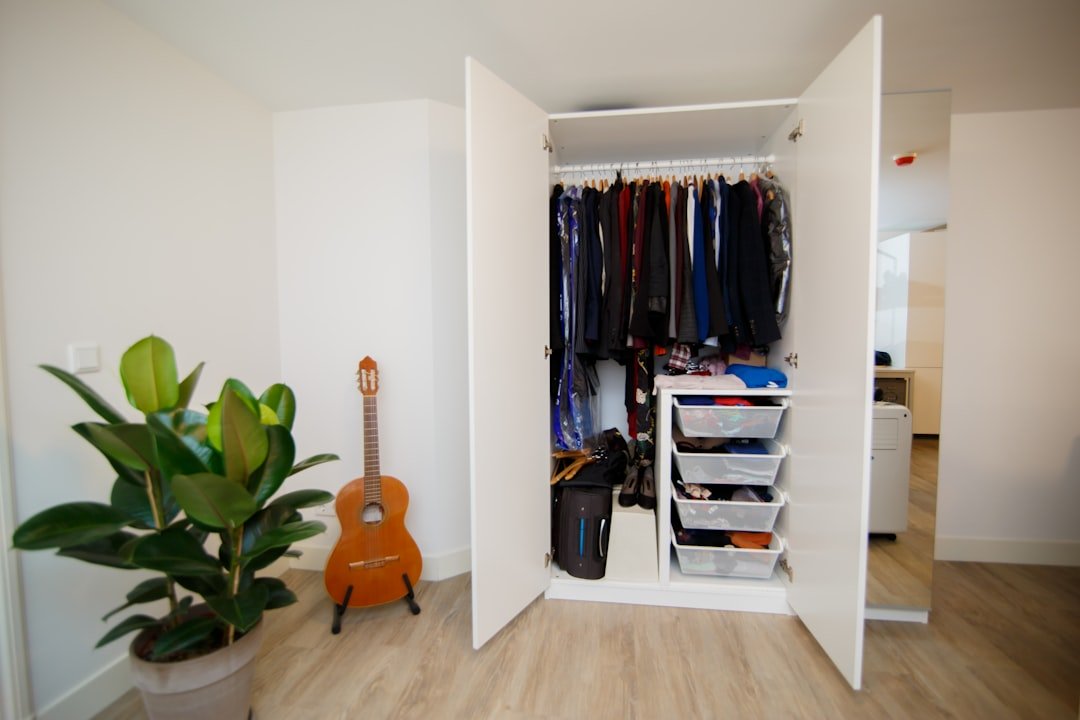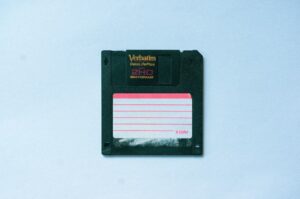Does your living space feel more like a chaotic storage unit than a peaceful sanctuary? I get it. We all crave a home that feels calm and inviting, a place where we can truly relax and recharge. But sometimes, life just piles up. Papers stack, clothes gather, and before you know it, your space feels overwhelming.

I know this feeling well. For years, my life felt cluttered in more ways than one. I struggled with habits like gaming addiction and binge eating. My physical space often mirrored my internal state – a bit messy, full of distractions, and not truly serving me. But just as I learned to tackle those deeper challenges, I discovered that decluttering my physical environment was a powerful step toward a more balanced life. It’s not about perfection, but about creating space for what truly matters.
Here are 15 simple, practical ideas to help you clear the clutter and create a living space that breathes.
1. Start Small, Win Big
Don't try to declutter your whole house in one weekend. That’s a recipe for burnout. Instead, pick one small area. A single drawer. One shelf. Your nightstand. Focus on that small win. I learned this same principle when I set out to lose over 110 pounds. Big goals feel less daunting when you break them into tiny, achievable steps. Celebrate that small victory before moving on.
2. The "One In, One Out" Rule
This is a game-changer for preventing new clutter. Every time you buy something new—a shirt, a book, a kitchen gadget—commit to getting rid of one similar item you already own. It keeps the balance and stops things from piling up.
3. Everything Has a Home
This is fundamental. When every item has a designated spot, putting things away becomes second nature. If an item doesn't have a home, either create one or consider if you truly need it. This simple act reduces so much "clutter drift."
4. Declutter by Category, Not Room
Instead of tackling your whole bedroom, try gathering all your shirts from every closet and drawer. Then, sort through only shirts. Do the same for books, or mugs, or cleaning supplies. This method helps you see exactly how much you own in one category and make more intentional decisions. This approach helped me break down other overwhelming habits too, focusing on one aspect at a time.
5. Ask the Hard Questions
When holding an item, ask yourself:
- Do I need this?
- Do I use this regularly?
- Do I love this?
- Does it serve a purpose in my life right now?
If you answer no to most of these, it might be time to let it go.
6. Digital Declutter Is Real
Clutter isn't just physical. A messy desktop, an overflowing email inbox, or disorganized cloud storage can create mental clutter. Take time to delete old files, unsubscribe from unwanted emails, and organize your digital photos. A clear digital space often leads to a clearer mind.
7. Vertical Storage Power
Look up! Walls offer valuable storage space. Install shelves, use stackable bins, or add over-the-door organizers. Maximizing vertical space helps free up floor and counter areas, making your rooms feel much larger and more open.
8. Address "Landing Zones"
Every home has them: the kitchen counter, the entryway table, the coffee table. These are prime spots for items to land and accumulate. Create systems for these zones. A decorative bowl for keys, a tray for mail, or a small box for miscellaneous items can keep them from becoming clutter magnets.
9. The Box Method Challenge
Grab a box. Walk through a room and quickly put anything you're unsure about into the box. Seal it and label it with a date one month from now. If you haven't opened the box or needed anything from it by that date, donate or discard its contents without a second thought. It's a low-pressure way to test your need for items.
10. The Sentimental Shelf
Sentimental items are hard to part with, and that's okay. But they don't all need to be displayed everywhere. Designate one small shelf, box, or album for your most treasured memories. This helps keep emotional clutter contained and special items truly special.
11. Clear Your Surfaces
Imagine how much calmer your space would feel with empty countertops and tables. Aim to clear as many surfaces as possible. A minimalist surface can instantly make a room feel cleaner and more expansive. It also makes cleaning much easier!
12. Donate or Discard Immediately
Don't let unwanted items linger. As soon as you decide to get rid of something, take action. Put it directly in the donation bin, the trash, or a designated "to sell" pile. Delaying this step often leads to new piles of clutter.
13. Set Up a Donation Bin
Keep a designated box or bag in an accessible spot (like a closet or garage) for items you're ready to donate. As soon as something is deemed unnecessary, put it in the bin. When it's full, take it to your local charity. This makes the donation process simple and consistent.
14. Review Regularly
Clutter isn't a one-time fix. It’s an ongoing process. Just as I learned to build a productive routine with short bursts of deep work and daily gratitude, you can incorporate regular, short decluttering sessions. Schedule 15 minutes once a week or a quick 30-minute sweep once a month to keep things in check. This proactive approach prevents overwhelm.
15. Visualize Your Calm Space
Before you even start, close your eyes and imagine your ideal living space. How does it feel? What does it look like? This clear vision acts as a powerful motivator, guiding your decisions about what to keep and what to release. For me, creating order in my environment helps cultivate a sense of peace that strengthens my focus and overall well-being, allowing for more clarity in daily life.
Creating a clutter-free living space is a journey, not a destination. It’s about making choices that support the life you want to live. Remember, every small step makes a difference. You don't need to be perfect. You just need to start.
What's one small area you can tackle today to bring a little more peace and order into your home?





